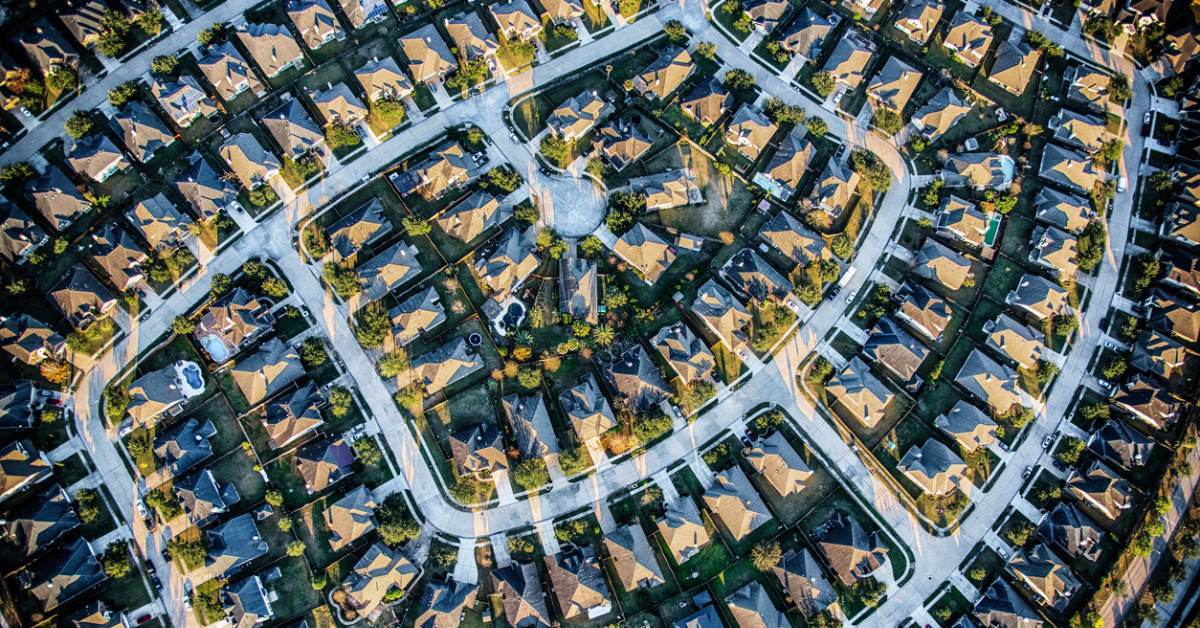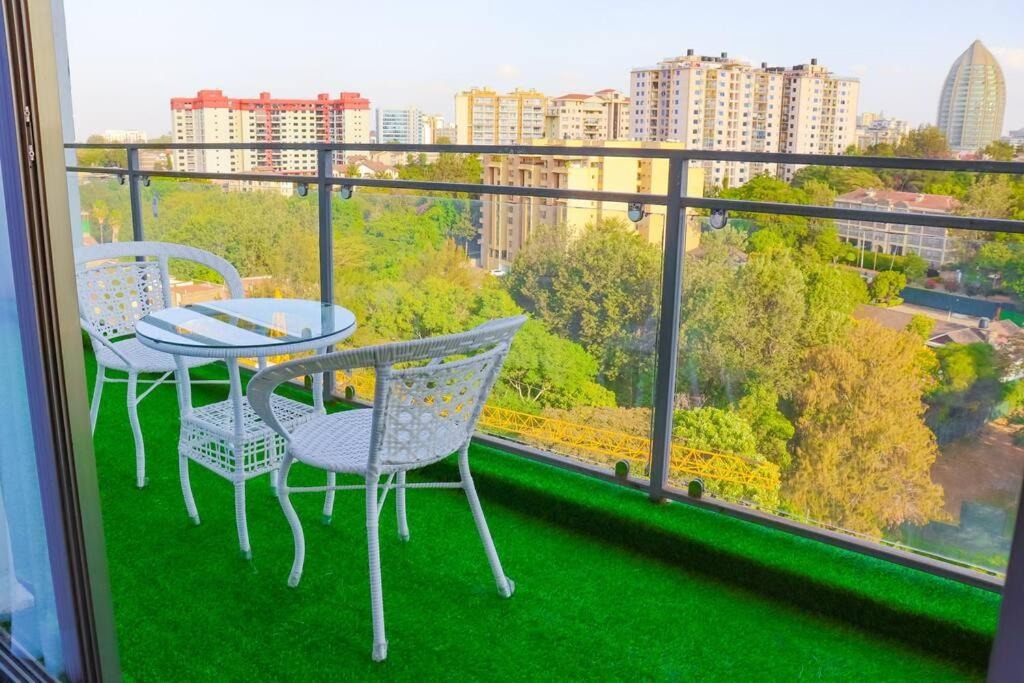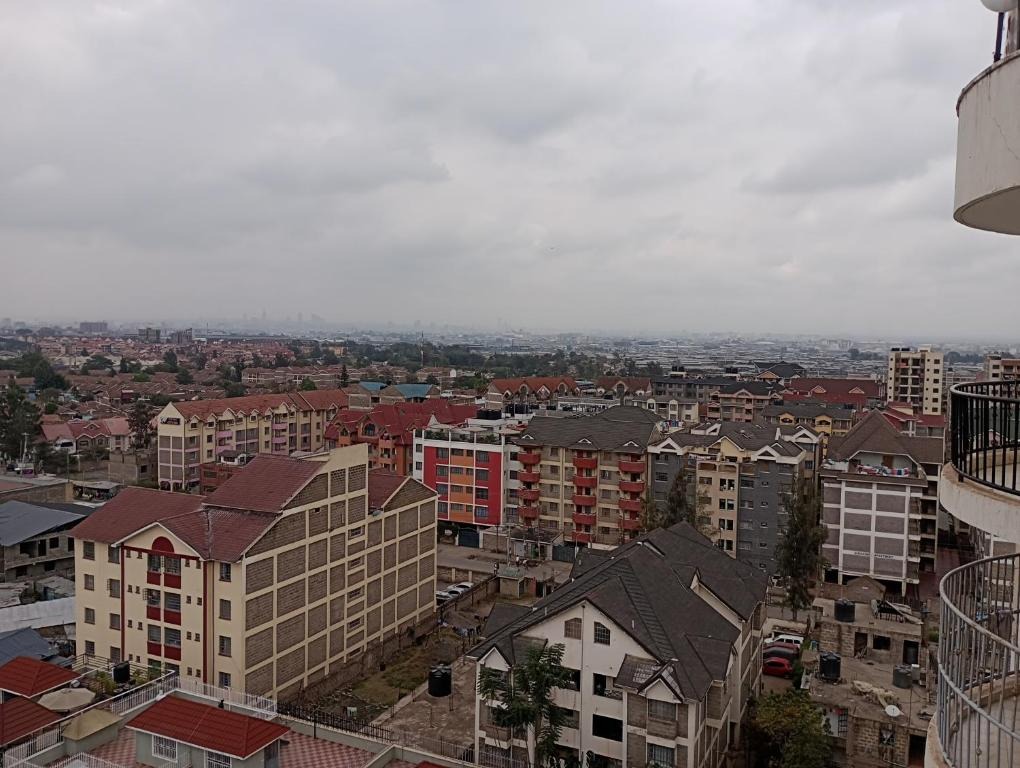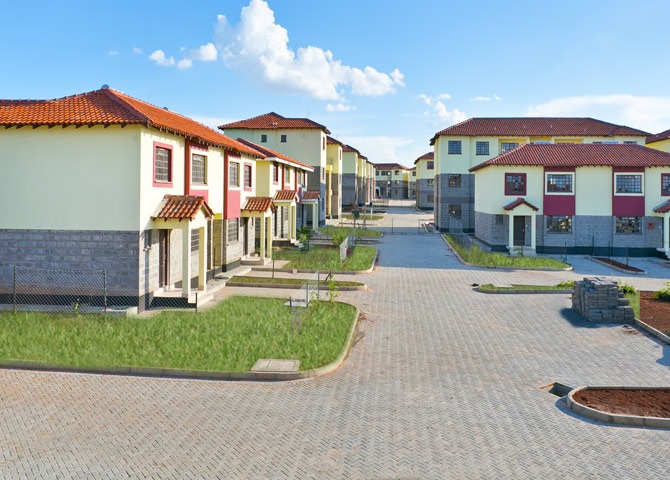Urban sprawl, the uncontrolled expansion of urban areas into the surrounding rural land, is a phenomenon that has significantly reshaped the landscape of modern cities. While it offers certain benefits like reduced housing costs and increased living space, it also brings a host of challenges. This article explores the multifaceted effects of urban sprawl on land use patterns and property values, offering a comprehensive understanding of its impacts.
Nature of Urban Sprawl
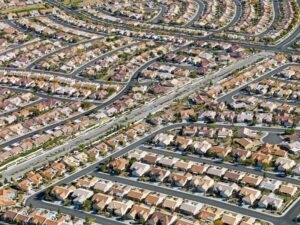
Urban sprawl is characterized by low-density development, segregated land uses, and heavy reliance on automobiles. Unlike the compact, walkable design of traditional cities, sprawl leads to widespread areas of residential housing that are often far from commercial, industrial, and recreational facilities. This separation necessitates extensive transportation networks and contributes to a fragmented urban environment.
Changes in Land Use Patterns
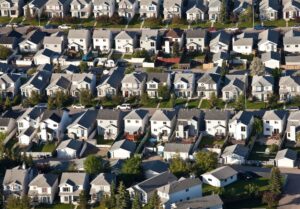
One of the most visible impacts of urban sprawl is the transformation of land use patterns. As cities expand outward, agricultural lands, forests, and open spaces are converted into residential and commercial developments. This shift not only reduces the availability of natural landscapes but also disrupts local ecosystems and biodiversity.
In sprawling cities, zoning practices often reinforce segregation of land uses. Residential areas are typically isolated from commercial and industrial zones, which can limit accessibility and reduce the efficiency of public services. This segregation necessitates the development of extensive road networks, increasing the reliance on automobiles and contributing to traffic congestion and air pollution.
Environmental Impact
The environmental consequences of urban sprawl are profound. The conversion of green spaces into developed land disrupts habitats, reduces biodiversity, and leads to the loss of agricultural land. Additionally, the increased dependence on automobiles contributes to higher greenhouse gas emissions, exacerbating climate change.
Sprawl also impacts water resources. The expansion of impervious surfaces like roads and parking lots reduces natural water infiltration, increasing surface runoff and the risk of flooding. This runoff often carries pollutants from urban areas into local waterways, degrading water quality and harming aquatic ecosystems.
Economic Implications
The economic effects of urban sprawl are complex. On one hand, it can lead to lower housing costs due to the availability of cheaper land on the urban periphery. This affordability attracts residents seeking more space and newer housing options. However, the long-term economic implications can be less favorable.
Sprawl increases the cost of infrastructure and public services. Extending utilities, roads, and emergency services to sprawling suburbs requires significant investment, which can strain municipal budgets. Additionally, the dispersed nature of development can reduce the efficiency of public transportation, increasing reliance on personal vehicles and the associated costs of road maintenance and traffic management.
Impact on Property Values
The effect of urban sprawl on property values is multifaceted. In suburban areas, property values can initially increase as demand for new housing drives development. Homes in sprawling areas often offer more space and modern amenities, attracting buyers and boosting property prices.
However, the long-term impact on property values can be mixed. Over time, the appeal of suburban living can diminish as residents face longer commutes, traffic congestion, and the lack of convenient amenities. Additionally, the over-supply of housing in sprawling areas can eventually lead to a decrease in property values, particularly if demand shifts back towards more compact, urban living.
In contrast, urban sprawl can have a detrimental effect on property values in inner-city areas. As development moves outward, investment in central urban areas can decline, leading to neglect and decay. This can result in lower property values and reduced economic activity in city centers, creating pockets of urban blight.
Social and Community Impact
Urban sprawl can also affect social cohesion and community life. The separation of residential areas from commercial and recreational facilities can reduce opportunities for social interaction, leading to a sense of isolation. Long commutes and traffic congestion can further exacerbate this issue, reducing the time residents have to engage in community activities.
Moreover, sprawl can contribute to social inequality. The availability of affordable housing in sprawling suburbs often attracts lower-income families, while wealthier residents may prefer to live in more centrally located, amenity-rich areas. This can lead to economic segregation and disparities in access to services, education, and employment opportunities.
Strategies to Mitigate Urban Sprawl
Addressing the challenges of urban sprawl requires a multifaceted approach. Smart growth strategies, which promote sustainable and efficient land use, can help mitigate the negative impacts of sprawl. These strategies include mixed-use development, higher-density housing, and the preservation of open spaces and agricultural land.
Investing in public transportation is also crucial. Enhancing the accessibility and efficiency of public transit can reduce reliance on automobiles, decrease traffic congestion, and lower greenhouse gas emissions. Additionally, promoting walkable neighborhoods with accessible amenities can improve quality of life and foster stronger community ties.
Conclusion
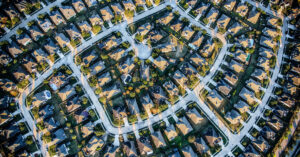
Urban sprawl presents significant challenges for land use patterns, property values, and the environment. While it offers certain benefits such as lower housing costs and increased living space, the long-term impacts on infrastructure, the environment, and community life can be detrimental. By adopting smart growth strategies and investing in sustainable urban development, cities can mitigate the negative effects of sprawl and create more vibrant, resilient, and inclusive communities. As urban areas continue to expand, it is essential to balance growth with sustainability to ensure a prosperous future for all residents.

